Check out the various Parrot Disco pictures below!
|
Parrot Disco Pictures seem to depict the new drone as a fixed wing, single-engine drone capable of flying at speeds of up to 50mph, which is very impressive! After checking out some of the Parrot Disco pictures, it is safe to say that this new drone is very similar to some of the extremely expensive fixed-wing drones currently used in agriculture. Perhaps the Parrot Disco will enter into the agriculture picture as a low-price leader.
Check out the various Parrot Disco pictures below!
0 Comments
Yes, you CAN run a successful Drone Photography and Videography Business with a DJI Phantom1/5/2016 Anyone who has spent time looking around the web at various drone/UAV forums has probably noticed that there is a stigma against DJI Phantom pilots. We're claimed to be uneducated, unskilled, impatient, and dangerous. This is probably because the DJI Phantom is one of the most successful consumer-level drones on the market, and anyone can get ahold of one, new or used, for well under $1000. Yes, thousands of these drones are in the hands of irresponsible (and sometimes plain dumb) operators, and thus, the drones themselves take on a reputation of being "toys" that are for the newbie drone pilot. But there are also thousands of us who read the manual, practice our flying, exercise extreme caution, and follow all of the rules. Regardless, the current narrative is that if you fly a DJI Phantom, you don't know what you are doing, and you're not to be taken seriously - especially if you have the nerve to try to make money with your drone. With this kind of attitude in the community, how could one possibly hope to make money off of one these "toys"? But it gets worse. Impressive octocopters, slung with a Panasonic GH4 on a beautifully expensive Zenmuse gimbal are the dream machine of today's drone photography world. You had better show up to the shoot with that DJI S1000+ rig, hexacopter, or at the very least, a DJI Inspire 1. Yes, these are all incredible tools for a drone photography or videography business, and if one has the means to acquire one, there are few reasons not to. But these tools are expensive, heavy, and can be much more difficult to fly than a DJI Phantom. That must make them "better," huh? WRONG. Dead Wrong.A drone is a tool - and no tool is right for every jobGuess what? I could not have created my most successful drone video with anything BUT a DJI Phantom. An Inspire or a S1000 would have been much too heavy and clunky to pack into the Siskiyou mountains on my back. I had to climb over 3000 vertical feet on my bike throughout multiple shoots to get the shots I needed. My DJI Phantom packed up wonderfully well into my affordable yet very durable backpack (yes, it only cost $45, but the pack - and more importantly my drone - survived 3 wipe outs on my mountain bike... talk about well-made!) while I rode around in through the mountains. The DJI Phantom just fit the bill: it was small enough, light enough, and filmed very well in a variety of diverse conditions: The video above was featured on Outside Magazine's website and social media feeds. It was also featured by Dirtrag, Mountain Bike Action, and a bunch of other world-renown bike publications - and every bit of the aerial footage was filming using the DJI Phantom 3 Pro exclusively. I even held the drone in my hands for alot of the ground-based shots, as I had yet to acquire the fantastic new DJI Osmo. My drone photography and videography business has used the DJI Phantom exclusively from day 1, and I have had clients of all different types who have had nothing but great things to say about the quality of the footage after they see it. The final product always leaves them saying "wow," and even during situations when I insisted on reshooting a shot, my client was too infatuated with the image quality to care. I've come to realize that the only people are care what drone I use are my competitors - or those who wish they were my competitorsThe above statement sounds somewhat self-inflating at first, but that is honestly the best way that I can describe it. I remember filming at an event alongside a guy (who was not a pilot, not FAA exempt, and did not carry insurance) who was filming with a DJI Inspire. I was the paid provider, and this guy had just shown up unannounced but was allowed to help out. His Inspire drew the crowds because it was "bigger and cooler looking." I agreed. But at the end of the day, I was the one who took the check home from the shoot, and I was never being paid for "bringing the coolest looking drone" to the event; I was being paid to film and photograph it. I've also had employees of my clients make comments about my use of the DJI Phantom in my drone photography business. "Oh," they would sigh, "I was expecting one a little bigger." One older gentleman (who may or may not have been intoxicated, as this was at a beer-centric event) commented,"I've owned all the DJI Phantoms. They're children's toys. Garbage. I only fly Hex and Octocopters." THANKS FOR YOUR INSIGHTFUL COMMENT. I was pretty irritated at first, but kept my mouth shut. I remember doubting myself for a moment. Was I providing my clients with something that was worth what they were paying? Did I really have any business selling my skills as an aerial photographer and videographer if I was using the lowly DJI Phantom? The answer is yes.I absolutely was providing my clients with something of value, and I absolutely had just as much right to offer my services as anyone else. I've put in the time and sweat learning how to fly my drone, film and photograph, and edit my material. I know what I am doing. I have the pilot's license, FAA exemption, and insurance to protect myself and my clients. I have the portfolio and list of clients who loved my work, and I have a tool that allows me to capture high quality photographs and video footage. Who was this old jerk to tell me otherwise? For that matter, who is anyone to tell me otherwise? My business is between myself and my clients, and as long as my clients are happy, I am happy. Period. Some closing thoughts
The PowerUp FPV flight time is adequate, and is very similar to the flight time of other similarly sized FPV drones. One would expect the PowerUp FPV flight time to be greatly increased due to the reduced weight as a result of the FPV drone being made of paper, but sadly, flight time does not seem to be increased. The PowerUp FPV flight time is up to 10 minutes of continuous flight time, but can be extended by replaceable batteries. These batteries can be replaced very quickly, so the PowerUp FPV flight time - with quick interruptions for battery replacements - can be seemingly infinite. It is very possible that the PowerUp FPV flight time will be increased with the introduction of larger batteries in the future. But, as of now, flight time looks like it will reside at about 10 minutes. PowerUp FPV Specs are very impressive! The PowerUp FPV is the first paper airplane drone whose specifications allow the pilot to utilize FPV during flight. While certain specifications have yet to be revealed by PowerUp, we were able to acquire some pretty important PowerUp FPV specs:
We will be adding PowerUp FOV specs and features as they are made available to us! The new PowerUP FPV pictures look awesome! This drone is the first paper airplane drone with FPV capabilities, and it is creating quite a buzz within the drone FPV community. Pictures of the PowerUp FPV depict it as a fixed-wing, two-engined drone that is controlled by Google Cardboard. The PowerUp FPV looks totally legit - but don't take out word for it. Check out the PowerUP FPV pictures below and let us know what you think! PowerUp FPV PicturesProDrone's Ultimate Flight Platform compatibility includes a number of professional DSLR cameras. Though not all of the Ultimate Flight Platform compatibility details have been released, we do know that some of the top DSLR cameras will be compatible with the Ultimate Flight Platform. The Ultimate Flight Platform is so revolutionary because it is the first mounting system that will allow consumer-grade drones to be compatible with professional DSLR cameras. Ultimate Flight Platform Camera CompatibilityAs of now, ProDrone has released the following Ultimate Flight Platform compatibility details:
Be sure to keep an eye out for additional compatibility details from ProDrone on the Ultimate Flight Platform, as they are likely to be announced by the company within the coming weeks. ProDrone's Ultimate Flight Platform Specs are incredibly impressive. The Ultimate Flight Platform will allow users of ProDrone's products to mount a DSLR (such as the Panasonic GH4 and Canon 5DIII, to name a few) directly to the drone. Why is this revolutionary? Because ProDrone's Ultimate Flight Platform is the first mount to allow a DSLR on a consumer-level drone. Before the Ultimate Flight Platform, one could not find these kinds of specifications on any consumer-level drone. ProDrone Ultimate Flight Platform Specifications
The DJI Inspire 1 Pro Black Specs are very similar to the standard DJI Inspire 1 Pro. The main difference in specifications between the standard and the Black edition is the color of the body of the drone, as well as the remote control for the drone. The DJI Inspire 1 Pro Black edition was inspired by cinema-grade camera equipment and was introduced by DJI in January 2016. The following DJI Inspire 1 Pro Black specs come straight from DJI: AIRCRAFT Weight 2870 g (Battery and propellers included, Zenmuse X5 excluded) 3400 g (Battery, propellers and Zenmuse X5 included) Max Takeoff Weight3500 g Hovering Accuracy (P Mode)Vertical: 0.5 m Horizontal: 2.5 m Max Angular VelocityPitch: 300°/s Yaw: 150°/s Max Tilt Angle35° Max Ascent Speed5 m/s Max Descent Speed4 m/s Max Speed18 m/s (ATTI mode, no wind) Max Service Ceiling Above Sea Level4,500 m (Default altitude limit: 120 m above takeoff point) Max Wind Speed Resistance10 m/s Max Flight TimeApproxi. 15 minutes Motor ModelDJI 3510H Propeller ModelDJI 1345T Indoor HoveringEnabled by default Operating Temperature14° to 104° F (-10° to 40° C) Diagonal Distance559 mmCHARGERModelA14-100P1A Voltage26.3 V Rated Power100 W BATTERY (OPTIONAL)
Name: Intelligent Flight Battery Capacity5700 mAh Voltage22.2 V Battery Type6S LiPo High voltage battery Energy129.96 Wh Net Weight670 g Operating Temperature14° to 104° F (-10° to 40° C) Storage TemperatureLess than 3 months: -4° to 113° F (-20° to 45° C) More than 3 months: 72° to 82° F (22° to 28° C) Charging Temperature32° to 104° F (0° to 40° C) Max Charging Power180 W Max Flight TimeApprox. 18 minutes DJI GO APP RequirementsiOS 8.0 (or later) and Android 4.1.2 (or later) Supported Mobile DevicesCompatible with iPhone 5s, iPhone 6, iPhone 6 Plus, iPad Air, iPad Air Wi-Fi + Cellular, iPad mini 2, iPad mini 2 Wi-Fi + Cellular, iPad Air 2, iPad Air 2 Wi-Fi + Cellular, iPad mini 3, and iPad mini 3 Wi-Fi + Cellular. This app is optimized for iPhone 5s, iPhone 6, and iPhone 6 Plus. Compatible with Samsung tabs 705c, Samsung S6, Samsung S5, Samsung NOTE4, Samsung NOTE3, Google Nexus 9, Google Nexus 7 II, Ascend Mate7, Huawei P8 Max, Nubia Z7 mini, Sony Xperia Z3, MI 3, MI PAD, Smartisan T1. *Support for additional Android devices available as testing and development continues. REMOTE CONTROLLER Operating Frequency922.7~927.7 MHz (Japan Only) 5.725~5.825 GHz 2.400~2.483 GHz Max Transmitting DistanceFCC Compliant: 3.1 miles (5 km); CE Compliant: 2.1 miles (3.5 km) (unobstructed, free of interference) EIRP10 dBm@900m MHz, 13 [email protected] GHz, 20 [email protected] GHz Video Output PortsUSB, Mini HDMI Power SupplyBuilt-in battery ChargingDJI charger Dual User CapabilityHost-and-Slave connection Mobile Device HolderTablet or Smart Phone Max Mobile Device Width170mm Output Power9 W Operating Temperature14° to 104° F (-10° to 40° C) Storage TemperatureLess than 3 months: -4° to 113° F (-20° to 45° C) More than 3 months: 72° to 82° F (22° to 28° C) Charging Temperature32° to 104° F (0° to 40° C) Battery6000 mAh 2S LiPo BATTERY (STANDARD) Name: Intelligent Flight Battery Capacity4500 mAh Voltage22.2 V Battery TypeLiPo 6S High voltage battery Energy99.9 Wh Net Weight570 g Operating Temperature14° to 104° F (-10° to 40° C) Storage TemperatureLess than 3 months: -4° to 113° F (-20° to 45° C) More than 3 months: 72° to 82° F (22° to 28° C) Charging Temperature32° to 104° F (0° to 40° C) Max Charging Power180 WVISION POSITIONINGVelocity Range< 8 m/s @altitude 6.56 feet (2 m) Altitude Range0.16 - 16.4 feet (5-500 cm) Operating EnvironmentSurfaces with clear patterns and adequate lighting (> 15 lux) Operating Range< 9.84 feet (300 cm) The DJI Inspire 1 Pro Black price will include all of the same features and accessories of the original DJI Inspire 1 Pro, with a twist: the drone itself - as well as the remote control - will be black in color, as inspired by cinema-grade camera equipment. Though previous models of the DJI Inspire included some black parts, this is the first DJI Inspire to be all black. The price of the DJI Inspire 1 Pro is $4,450 - which is a fairly hefty price even with the micro four-thirds sensor and fantastic gimbal system. However, this price is considered very reasonable when compared to other cinema-grade drone systems. If you are interested in seeing more of the DJI Inspire 1 Pro Black, click here! Here are some DJI Inspire 1 Pro Black Pictures. DJI recently announced the Inspire 1 Pro Black Edition at CES 2016. They released some of the following pictures, showing the new Inspire in a sleek black color that was inspired by professional movie making cameras. The release date of the DJI Inspire 1 Pro Black Edition is not yet known. Please enjoy the pictures below: |
AuthorSouthern Oregon Drone is Oregon's most trusted FAA-certified drone service provider. ArchivesCategories
All
|

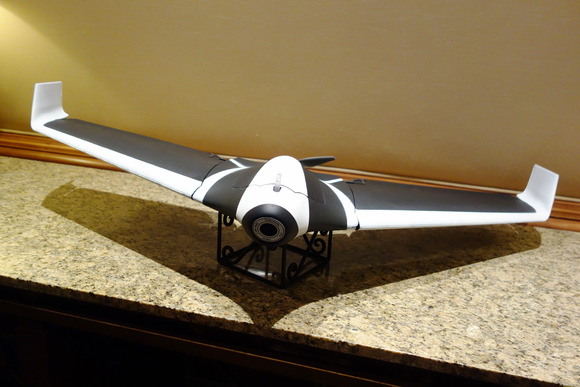

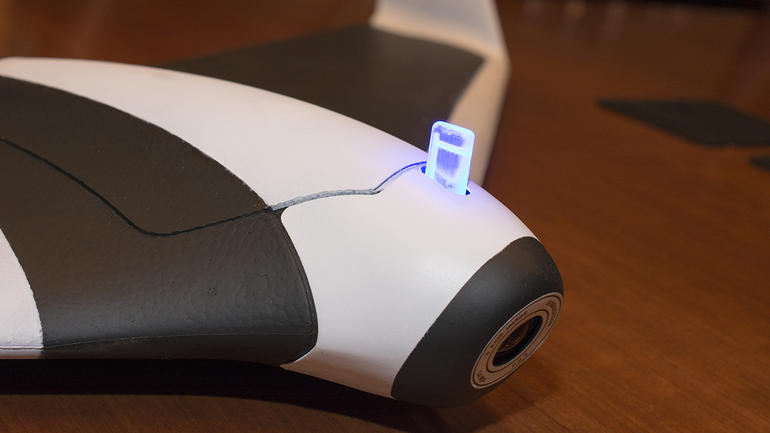


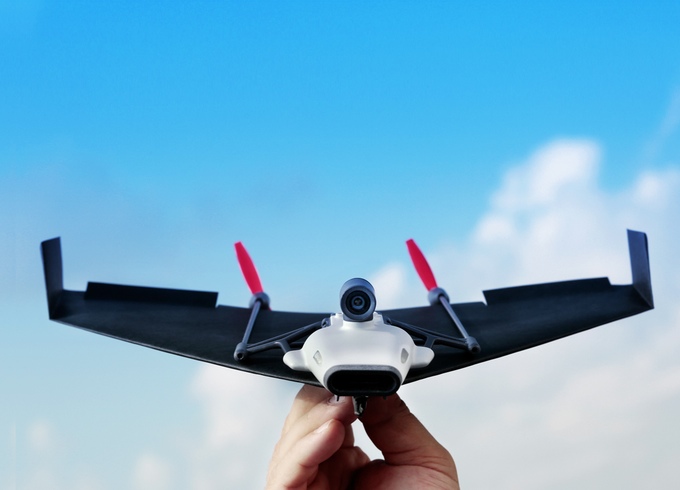



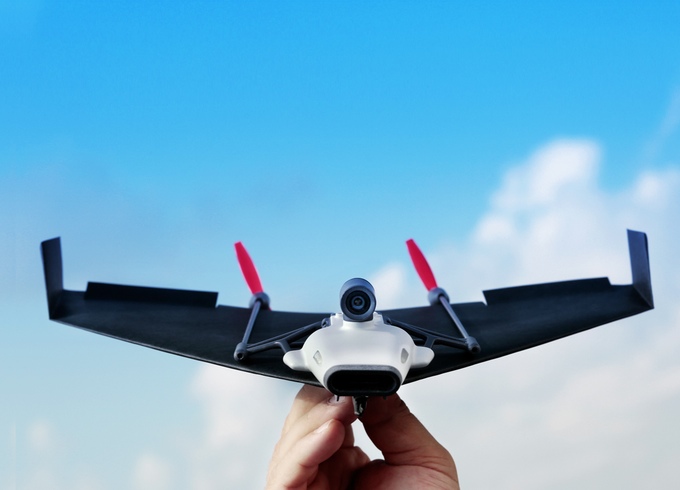
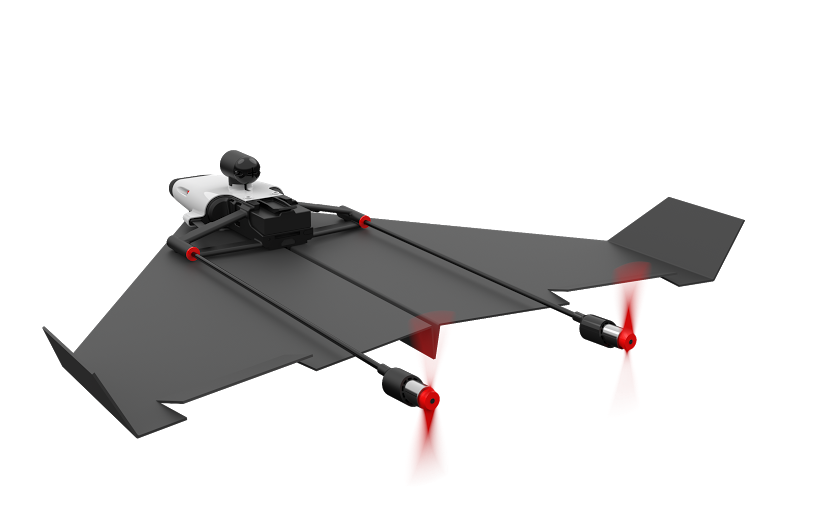
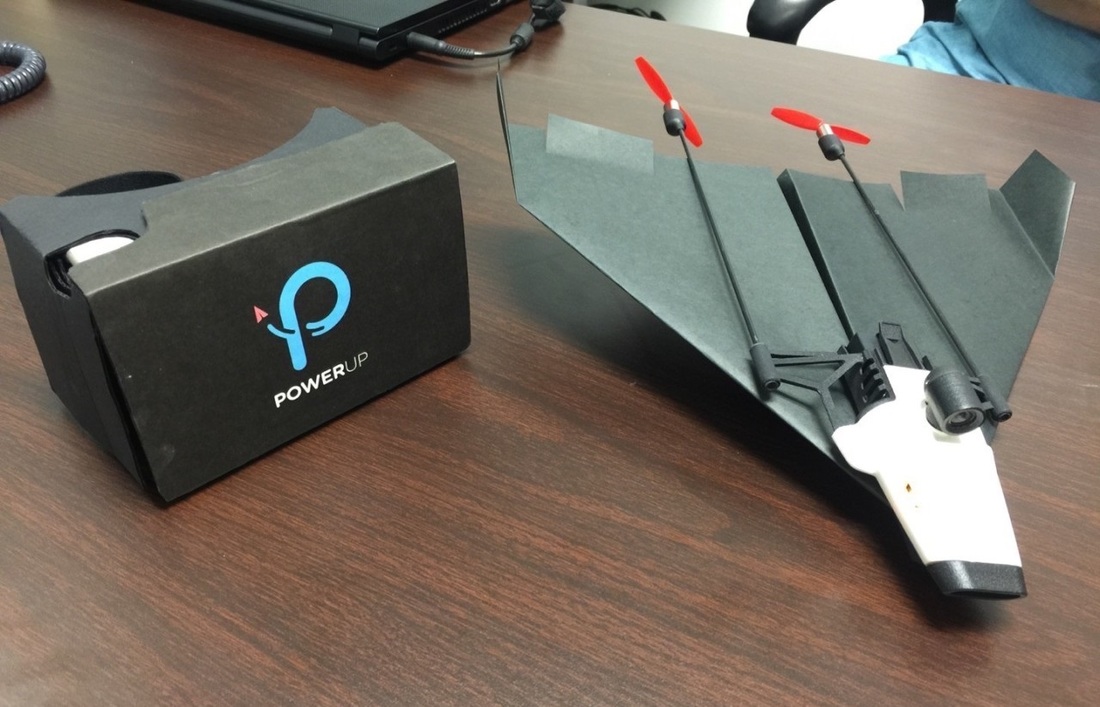

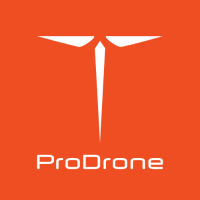
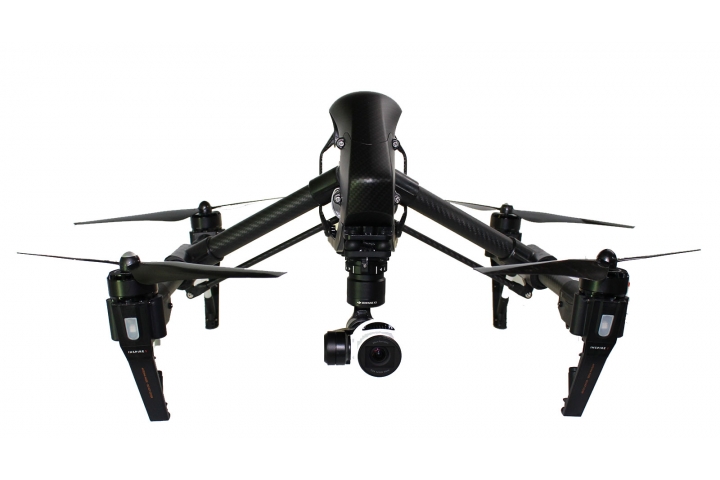
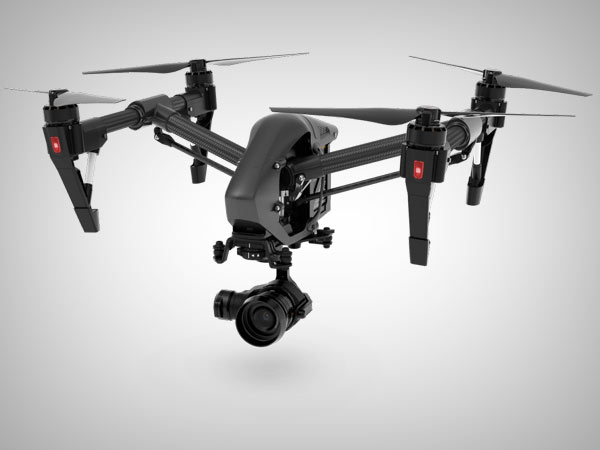
 RSS Feed
RSS Feed